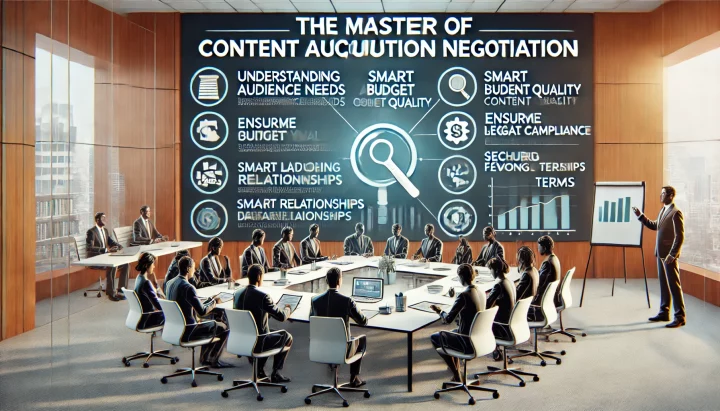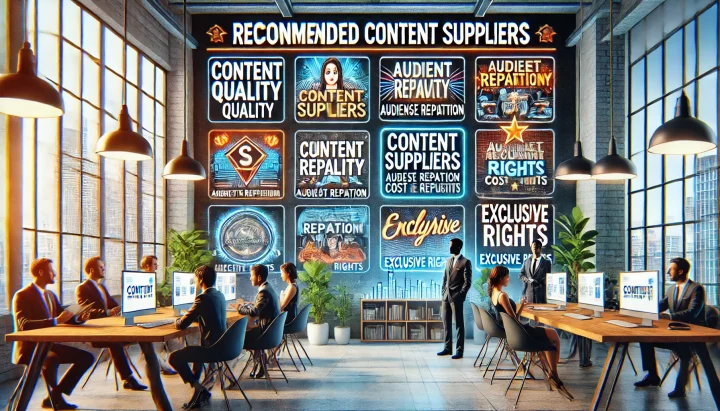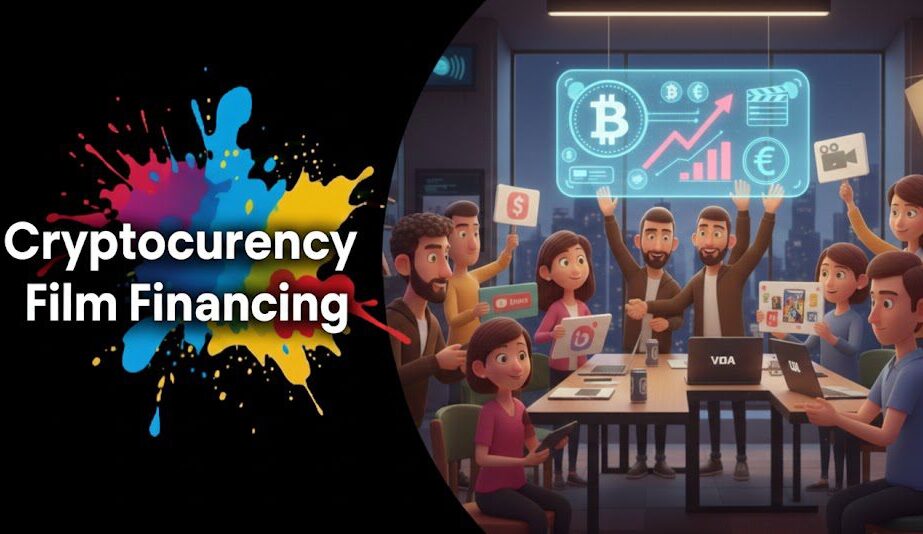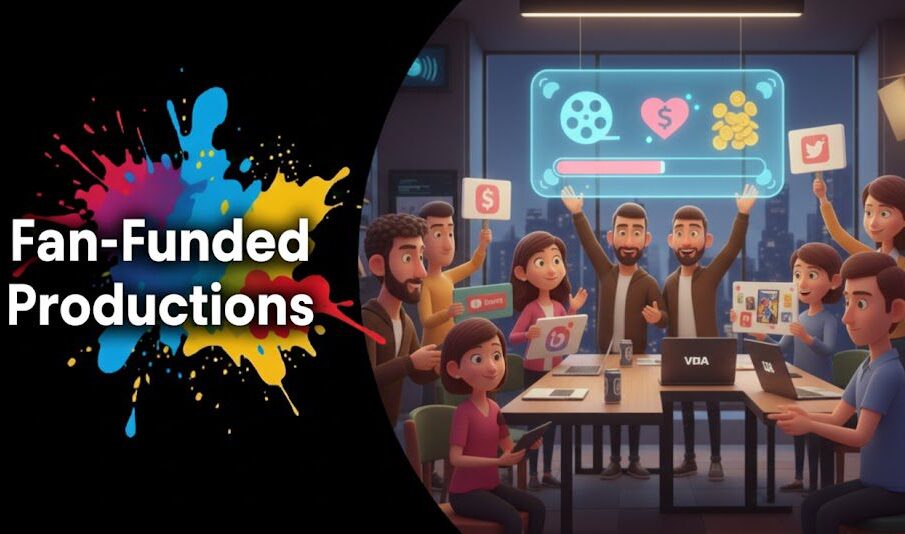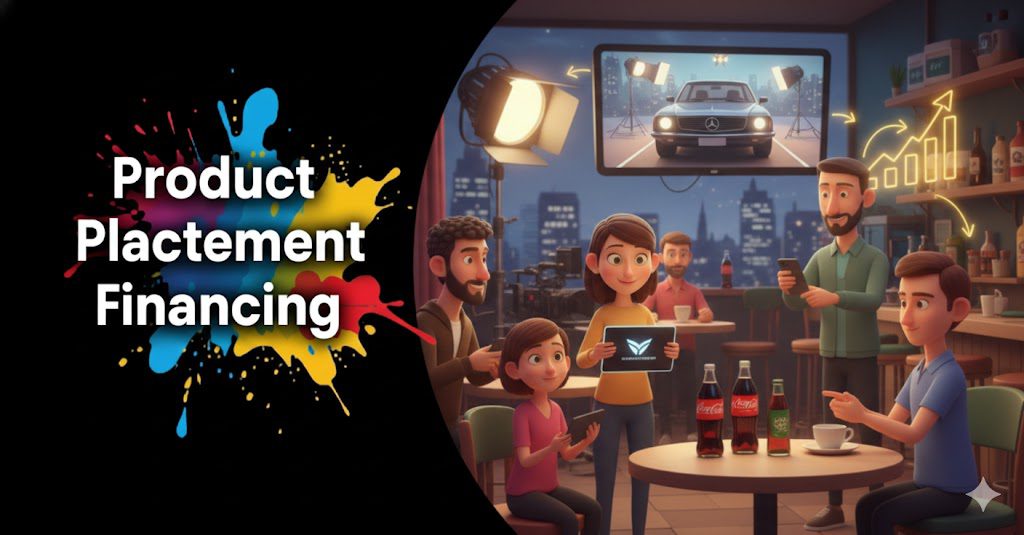In today’s dynamic entertainment landscape, content acquisition has become a critical skill for industry professionals. Whether you’re a streaming platform executive, a television network manager, or an independent distributor, understanding the nuances of content acquisition can make or break your success. This comprehensive guide will delve into the intricacies of content acquisition, providing you with the knowledge and tools to excel in this competitive field.
At its core, content acquisition is the process of obtaining rights to distribute or broadcast media content. This can include purchasing, licensing, or creating original content for various platforms and audiences. Learn more about the fundamentals of content acquisition
The Content Acquisition Process: A Step-by-Step Guide
- Identifying Content Needs: Assess your audience’s preferences and market trends.
- Research and Discovery: Find potential content that aligns with your strategy.
- Evaluation: Analyze the content’s potential value and fit for your platform.
- Negotiation: Discuss terms with content owners or creators.
- Contracting: Finalize and sign agreements.
- Integration: Prepare the acquired content for distribution on your platform.
For a more detailed breakdown of each step, check out our article on the content acquisition process.

Developing a robust content acquisition strategy is crucial for long-term success in the entertainment industry. Here are some key approaches:
- Diversification: Balance your portfolio with a mix of original and licensed content.
- Niche Focus: Identify and cater to specific audience segments.
- Data-Driven Decision Making: Use analytics to inform your acquisition choices.
- Long-Term Partnerships: Build relationships with content creators and suppliers.
- Global Perspective: Consider international content to broaden your appeal.
Explore more innovative content acquisition strategies to stay ahead of the curve.
Is Your Content Acquisition Process Slowed by Outdated Data?

To excel in content acquisition, consider these industry-proven best practices:
- Stay informed about industry trends and audience preferences.
- Develop a clear content strategy aligned with your brand and goals.
- Build a diverse network of content suppliers and creators.
- Implement robust content evaluation processes.
- Negotiate deals that provide flexibility and long-term value.
For an in-depth look at these and other best practices, visit our guide on best practices in content acquisition.
To explore content acquisition opportunities and connect with suppliers, create your free account on Vitrina today!
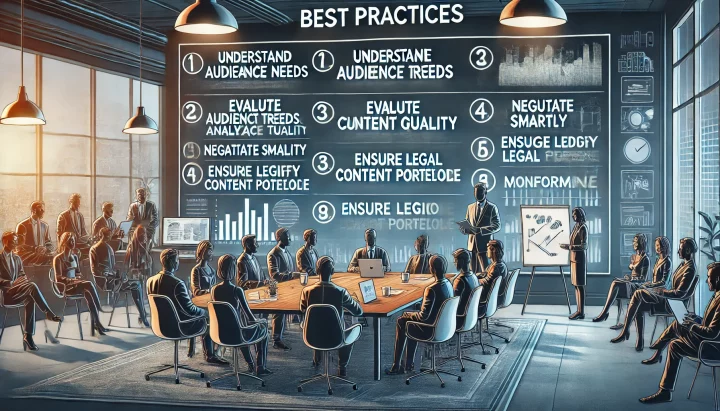
Even experienced professionals can fall into traps when acquiring content. Here are some common mistakes to avoid:
- Overpaying for trendy content without considering long-term value.
- Neglecting to secure all necessary rights for multi-platform distribution.
- Failing to conduct thorough due diligence on content creators or suppliers.
- Ignoring niche audiences in favor of mainstream appeal.
- Underestimating the importance of metadata and content management.
Learn how to sidestep these and other common mistakes in content acquisition to optimize your strategy.
Can’t Keep Up with Emerging Distribution Opportunities?

Understanding and managing content acquisition costs is crucial for sustainable growth. Key factors affecting costs include:
- Content type and exclusivity
- Territory and platform rights
- Duration of the license
- Popularity and demand for the content
- Production quality and value
For insights on budgeting and cost management, check out our detailed guide on content acquisition costs.
Wasting Time Vetting Vendors and Service Providers?

- Studying successful content acquisition cases can provide valuable insights. Let’s look at two notable examples:
- Netflix’s acquisition of “Squid Game”: This South Korean drama became a global phenomenon, showcasing the power of international content acquisition.
- Disney’s acquisition of Marvel Entertainment: This strategic move expanded Disney’s content library and opened new franchise opportunities.
For more inspiring examples of content acquisition, explore our case studies.
To discover similar opportunities and connect with content creators, sign up for Vitrina now!
The rise of streaming platforms has revolutionized content acquisition strategies. Key trends include:
- Increased focus on original content production
- Aggressive bidding for exclusive streaming rights
- Emphasis on binge-worthy series and franchises
- Integration of interactive and immersive content
- Data-driven content recommendations and personalization
Learn more about the unique challenges and opportunities in streaming content acquisition.
Want to Maximize Your Reach in Entertainment’s Global Marketplace?

The content acquisition landscape is constantly evolving. Current trends include:
- AI-driven content valuation and audience prediction
- Blockchain technology for rights management
- Increased focus on diverse and inclusive content
- Short-form content acquisition for mobile platforms
- Virtual production techniques impacting content creation and acquisition
Stay informed about these and other content acquisition trends to future-proof your strategy.
Content Acquisition Management: Organizing for Success
Effective content acquisition management involves:
- Building and leading a skilled acquisition team
- Implementing robust workflows and approval processes
- Maintaining accurate rights and metadata databases
- Aligning acquisition strategies with overall business goals
- Continuously evaluating and optimizing your content portfolio
Discover best practices in content acquisition management to streamline your operations.
Mastering content acquisition is essential for success in today’s competitive entertainment landscape. By understanding the process, implementing effective strategies, avoiding common pitfalls, and staying abreast of industry trends, you can build a robust content portfolio that engages audiences and drives business growth. Remember, successful content acquisition is not just about securing great content—it’s about finding the right content for your audience and platform, at the right price, and with the right terms.
Digital streaming has dramatically changed content acquisition, leading to increased competition for exclusive rights, a focus on binge-worthy content, and the rise of data-driven acquisition decisions. Streaming platforms are also investing heavily in original content production alongside traditional licensing.
Important factors include audience appeal, content quality, exclusivity, licensing terms, potential for long-term value, alignment with your brand, and cost relative to expected performance. It’s also crucial to consider technical aspects like format compatibility and metadata quality.
Smaller platforms can focus on niche content that appeals strongly to specific audience segments, explore emerging creators and formats, and leverage data to make smart, targeted acquisitions. Building strong relationships with content creators and offering unique value propositions can also help in securing desirable content.
Data is crucial in modern content acquisition. It informs decisions about what content to acquire, helps in accurately valuing content, predicts audience engagement, and measures the performance of acquired content. Advanced analytics can also help in identifying emerging trends and undervalued content opportunities.



